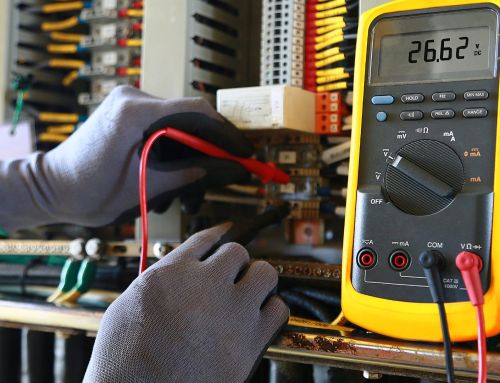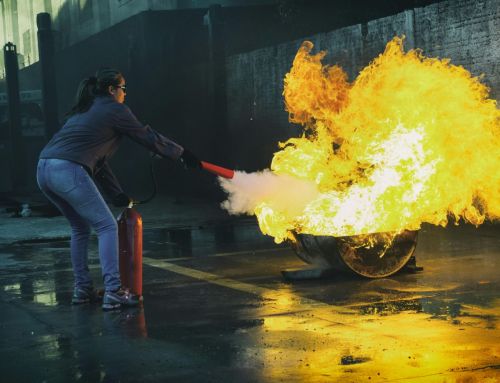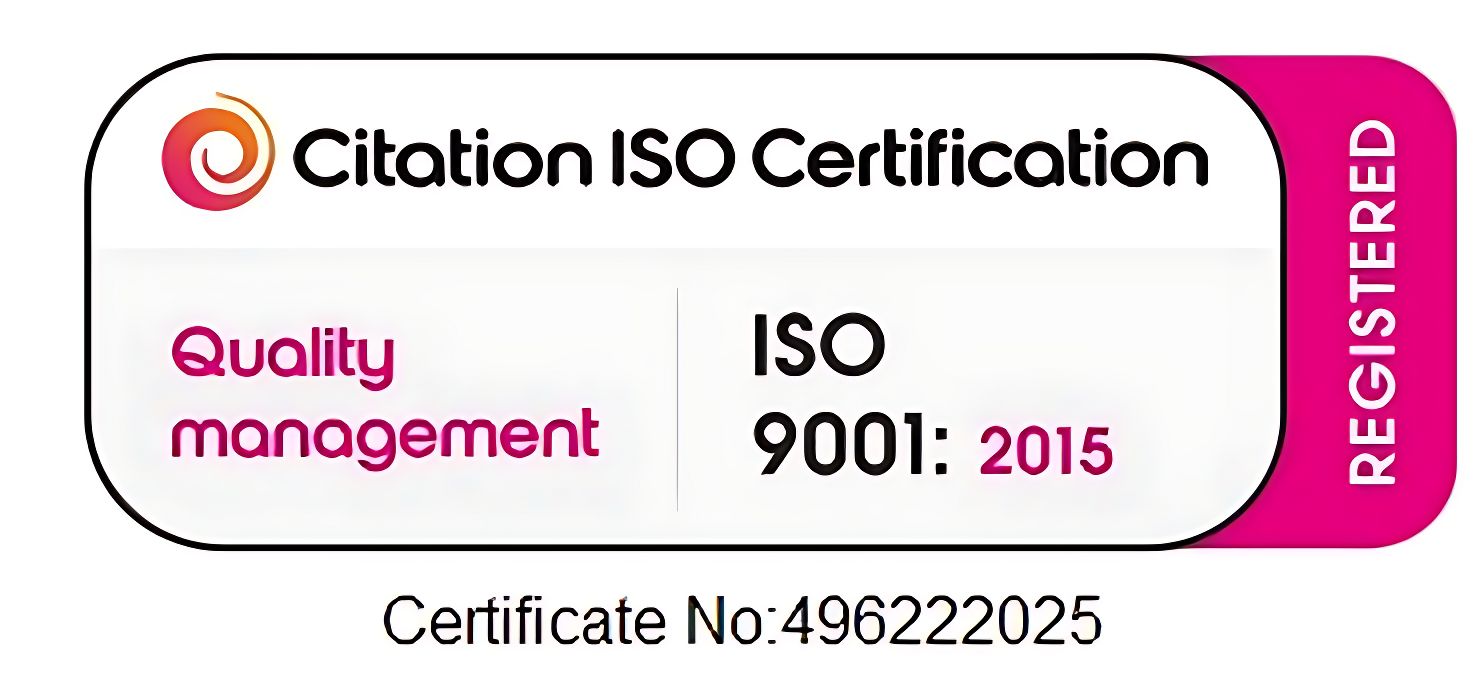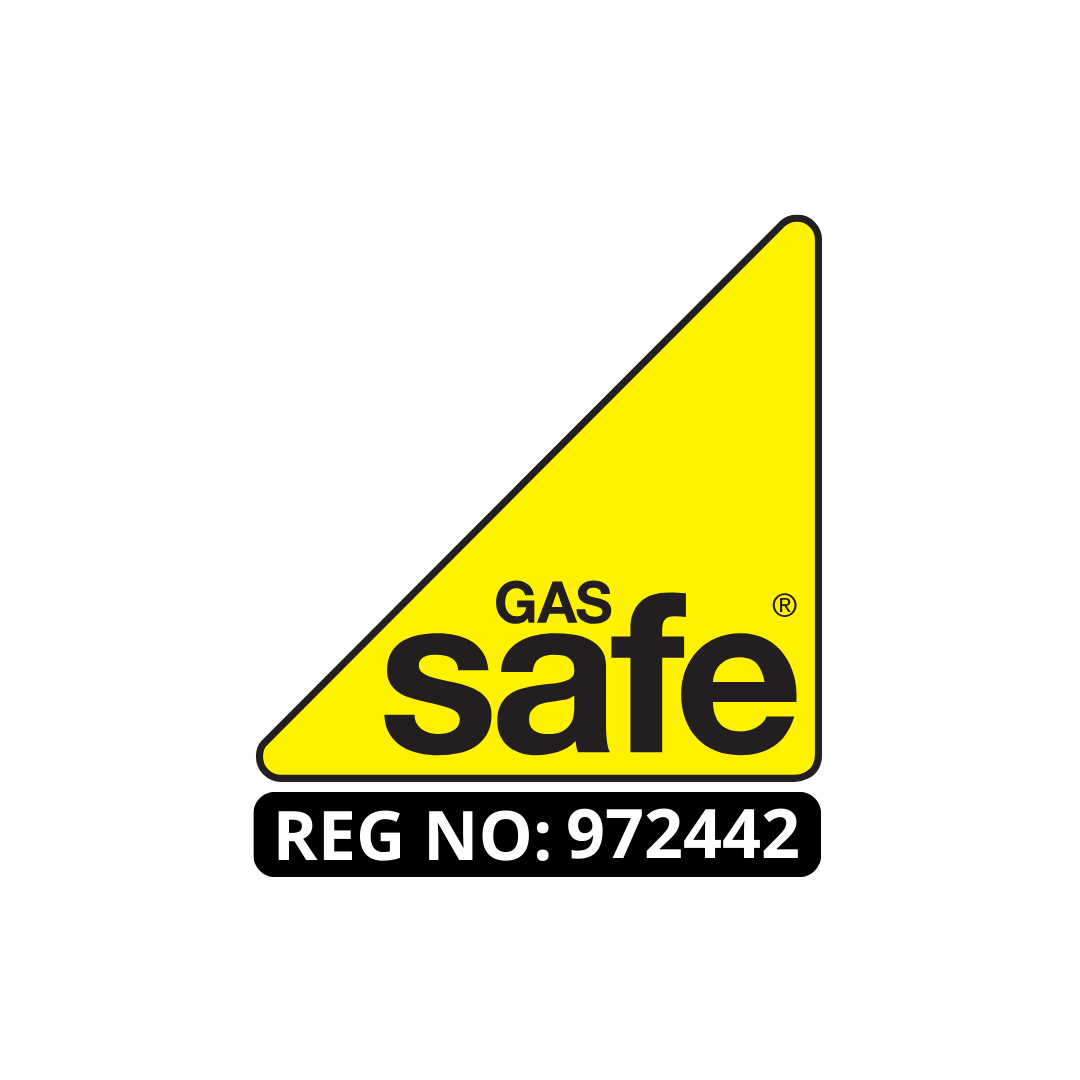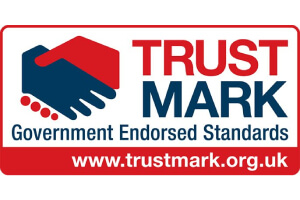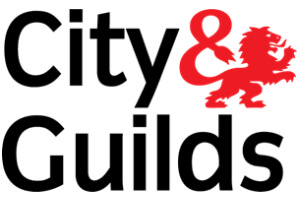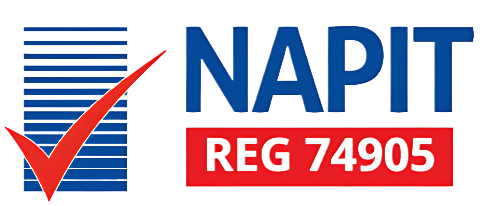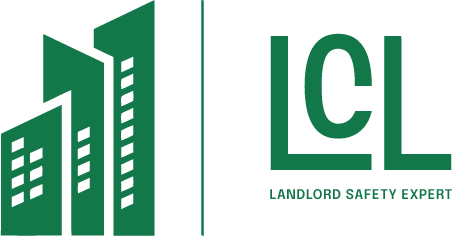
A Fire Risk Assessment Report plays a critical role in identifying fire hazards and evaluating risks within various environments. It outlines necessary legal obligations and the importance of maintaining safety protocols. Organisations must understand that these assessments are not merely formalities; they are essential for protecting lives and property. As we explore the components of these reports, the implications of neglecting them become increasingly clear. What happens when safety measures are overlooked?
Key Takeaways
- A Fire Risk Assessment Report identifies fire hazards, evaluates risks, and assesses existing safety measures in a specific environment.
- Legal duties require organisations to conduct regular assessments, document findings, and implement measures to mitigate identified risks.
- The report includes key components like hazard identification, risk assessment, preventive measures, emergency procedures, and a monitoring process for updates.
- Regular assessments foster a culture of safety, ensure compliance with regulations, and enhance emergency preparedness and response planning.
- An effective emergency action plan details evacuation procedures, communication strategies, and training requirements for staff on fire safety protocols.
What Is a Fire Risk Assessment Report?
A Fire Risk Evaluation Report is an essential document that evaluates the potential fire hazards within a specific environment. This report serves as an extensive analysis, identifying sources of ignition, fuel, and oxygen, which together create the fire triangle.
The evaluation reviews the physical layout, materials present, and activities occurring within the space, ensuring that all factors contributing to fire risks are meticulously examined. Additionally, it evaluates existing fire safety measures, such as alarms, extinguishers, and evacuation routes, evaluating their effectiveness in mitigating potential dangers.
By documenting these elements, the report provides a foundation for implementing strategies to enhance safety and minimise risks. Ultimately, it empowers individuals and organisations to take informed actions, promoting a culture of safety and awareness.
The Fire Risk Evaluation Report is not just a regulatory requirement; it embodies the spirit of freedom by safeguarding lives and property against the unpredictable nature of fire.
Why a Fire Risk Assessment Report Is Important
While many may underestimate the significance of a Fire Risk Assessment Report, it plays an essential role in safeguarding lives and property.
This report is vital for several reasons:
- It identifies potential fire hazards within a building.
- It evaluates the effectiveness of existing safety measures.
- It guarantees compliance with legal regulations and standards.
- It fosters a culture of safety among occupants and employees.
- It aids in emergency preparedness and response planning.
Who Needs a Fire Risk Assessment Report?
Organisations of all types and sizes require a Fire Risk Assessment Report to guarantee the safety of their premises and comply with legal obligations. This necessity extends beyond large corporations to include small businesses, educational institutions, healthcare facilities, and residential properties.
Any entity that accommodates people or stores valuable assets must recognise the importance of identifying potential fire hazards and implementing preventive measures.
Landlords, employers, and property managers are particularly mandated to conduct these assessments, ensuring a safe environment for tenants, employees, and visitors. Additionally, non-profit organisations and community centres must also prioritise fire safety to protect their constituents.
Ultimately, a Fire Risk Assessment Report is not merely a legal requirement; it is a fundamental aspect of responsible management that fosters well-being and peace of mind.
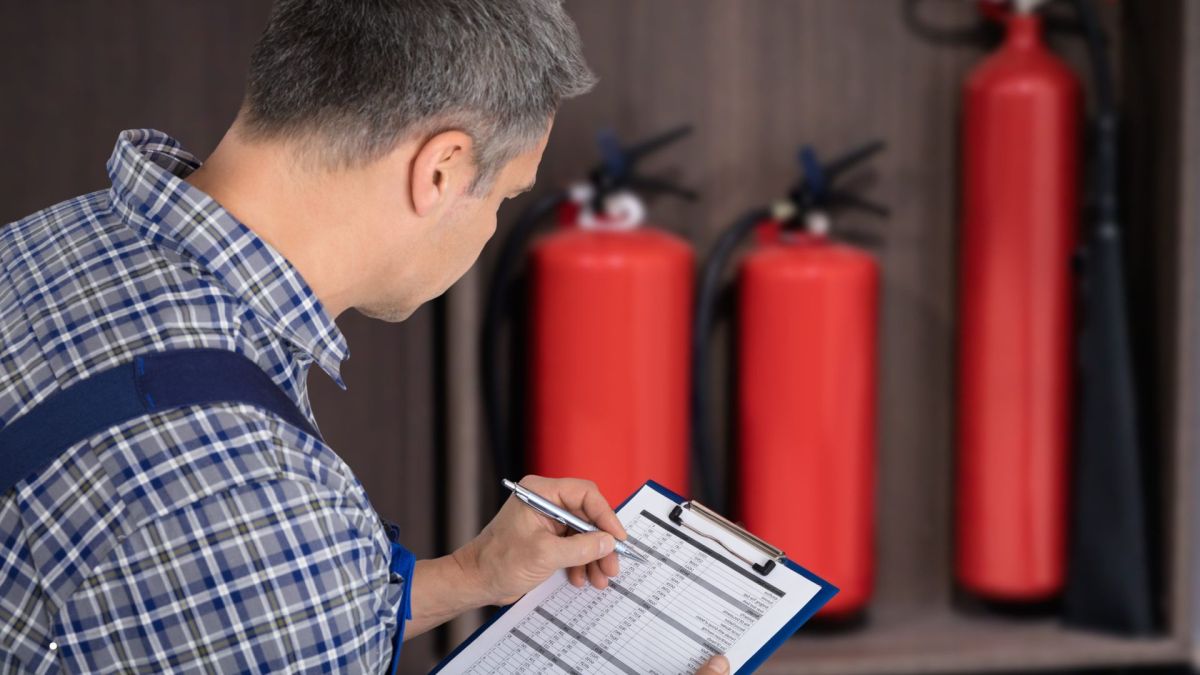
What Does a Fire Risk Assessment Report Include?
When conducting a Fire Risk Assessment Report, several key elements are essential for a thorough evaluation.
This report serves as a detailed analysis to guarantee safety and compliance, fostering a secure environment.
Key components typically include:
- Identification of Fire Hazards: Recognising potential sources of ignition and combustible materials.
- Assessment of Risks: Evaluating the likelihood of a fire occurring and its potential impact on occupants and property.
- Preventive Measures: Detailing existing safety protocols and recommendations for improvements.
- Emergency Procedures: Outlining evacuation plans, alarm systems, and the roles of staff during emergencies.
- Review and Monitoring: Establishing a process for regular updates and checks to maintain safety standards.
How Often Should You Update Your Fire Risk Assessment Report?
How frequently should a Fire Risk Assessment Report be updated to secure ongoing safety and compliance? Regular updates are essential to reflect changes in the environment, occupancy, or use of the premises.
Experts recommend reviewing the report annually, or more frequently if there are significant modifications, such as renovations, changes in occupancy, or the introduction of new equipment. Additionally, unexpected incidents like a fire or a near-miss should prompt an immediate reassessment.
Maintaining an up-to-date Fire Risk Assessment fosters a culture of safety and empowers individuals to take charge of their environment.
It guarantees that all potential hazards are identified and mitigated, allowing for a more liberated and secure space. Ultimately, a proactive approach not only safeguards lives but also enhances the freedom to operate without the looming threat of fire-related incidents.
Regular updates guarantee that safety measures evolve alongside changing circumstances, providing peace of mind for all occupants.
Legal Responsibilities Around Fire Risk Assessment Reports
Understanding the legal responsibilities surrounding Fire Risk Assessment Reports is essential for property owners and employers to guarantee compliance with fire safety regulations.
Failure to adhere to these responsibilities can lead to significant legal consequences, including fines and liability for damages.
Key legal obligations include:
- Conducting a thorough fire risk assessment regularly.
- Documenting findings and the measures taken to mitigate risks.
- Ensuring adequate training for employees regarding fire safety procedures.
- Reviewing and updating the assessment in response to significant changes in the premises or operations.
- Providing clear communication of fire safety policies to all occupants.
How to Get a Professional Fire Risk Assessment Report
What steps should property owners take to obtain a professional Fire Risk Assessment Report?
First, they should identify qualified professionals or organisations specialising in fire safety. Researching credentials and reviews can help guarantee their expertise aligns with specific property needs.
Next, property owners should contact these professionals to discuss their requirements and request quotes. A thorough consultation should follow, allowing the assessor to understand the unique risks associated with the property.
Once an assessor is chosen, property owners should prepare relevant documentation, such as building plans and any previous risk assessments, to facilitate the process.
After the assessment is conducted, a detailed report will be generated, detailing the findings and recommendations.
Finally, property owners should review the report carefully and implement suggested measures to enhance fire safety, thereby exercising their responsibility while fostering a secure environment for all occupants.
Common Mistakes to Avoid in Fire Risk Assessment Reports
When conducting a fire risk assessment, which common pitfalls should be avoided to guarantee an effective evaluation? Recognising these mistakes can enhance the quality of the report and maintain safety compliance.
- Neglecting Regular Updates: Fire risks evolve; assessments should be revisited frequently.
- Overlooking Human Factors: Ignoring the role of human behaviour can lead to underestimating risk.
- Inadequate Documentation: Reports must be thorough, with clear evidence supporting conclusions.
- Failing to Involve Stakeholders: Engaging staff and occupants provides insights that enhance assessment accuracy.
- Ignoring Legal Requirements: Compliance with local fire safety regulations is vital to avoid penalties.
Fire Risk Assessment Report Costs and Value
Effective fire risk assessments not only focus on identifying potential hazards but also involve a consideration of costs and the overall value they provide to an organisation. Investing in a detailed fire risk assessment can prevent catastrophic losses and guarantee compliance with legal obligations.
Though initial costs may seem intimidating, the long-term benefits often outweigh these expenses, including reduced insurance premiums and enhanced workplace safety.
Organisations can also gain peace of mind, knowing they have taken proactive measures to protect their assets and personnel. The value of an assessment extends beyond financial metrics; it fosters a culture of safety and responsibility.

Key Information Covered in the Report
A thorough fire risk evaluation report encompasses several critical components essential for understanding fire hazards and mitigation strategies.
This report aids organisations in identifying potential fire risks and implementing effective measures to safeguard lives and property.
Key information typically covered in the report includes:
- Identification of Fire Hazards: Detailing potential sources of ignition and combustible materials.
- Risk Evaluation: Evaluating the likelihood of fire incidents and their potential impact.
- People at Risk: Identifying individuals who may be affected, including employees and visitors.
- Preventive Measures: Recommendations for fire protection systems and safety protocols.
- Action Plan: Outlining steps for emergency response and evacuation procedures.
Frequently Asked Questions
To prepare for a fire risk assessment, one should conduct a thorough inspection of the premises, identify potential hazards, ensure that safety equipment is functional, and educate occupants about fire safety protocols and emergency procedures.
A qualified fire risk assessor typically holds relevant certifications, such as NEBOSH or IFSM, possesses extensive knowledge of fire safety regulations, and has practical experience in hazard identification and risk evaluation to guarantee effective assessments.
Yes, specific fire safety regulations vary by industry, addressing unique risks and requirements. Industries such as healthcare, manufacturing, and hospitality implement tailored guidelines, ensuring compliance while promoting safety and minimising fire-related hazards for employees and clients.
Yes, individuals can conduct their own fire risk assessments. However, they must guarantee they possess adequate knowledge and understanding of fire safety principles to effectively identify hazards and implement necessary precautions for maximum safety.
Ignoring fire risk assessment recommendations may lead to increased hazards, legal repercussions, and potential loss of life or property. Individuals could face financial liabilities and operational disruptions, ultimately undermining their freedom and safety in their environment.
Conclusion
To summarise, a Fire Risk Assessment Report is an essential tool for identifying hazards and implementing safety measures within any environment. Its importance extends beyond legal compliance, fostering a proactive safety culture that protects lives and property. Regularly updating the report and engaging professionals for thorough assessments guarantees that organisations effectively manage fire risks. By avoiding common pitfalls and understanding the significance of this report, businesses can create a safer workplace for everyone involved.
About the Author: Atia Amin
Related Posts
Get Social
Recent Posts
- Essential Electrical Assignments Within the EICR London Framework
- The CP42 Gas Certificate improves property safety
- Fire Risk Assessment Review as a Driver of Stronger Safety Control
- Comprehensive EICR London Services for Every Property
- System Planning for Large Buildings with Fire Alarm Installation


